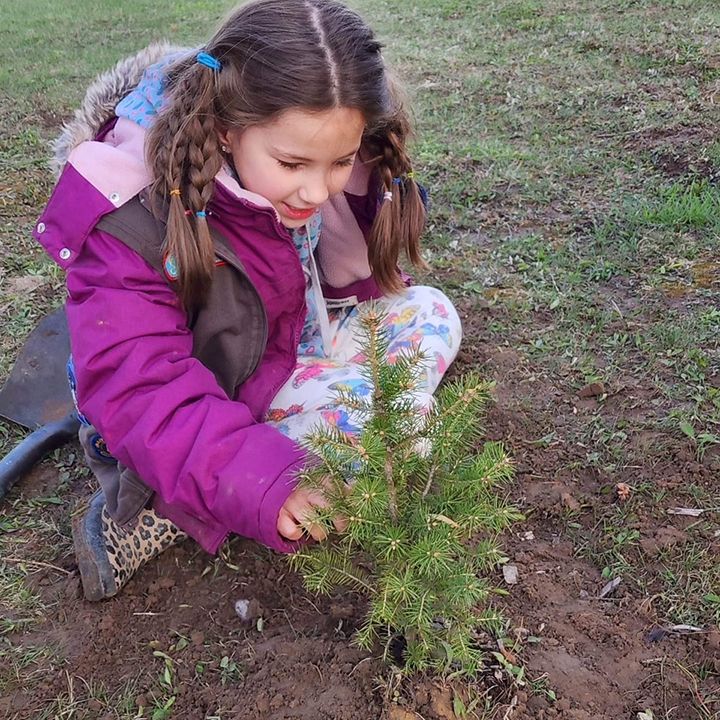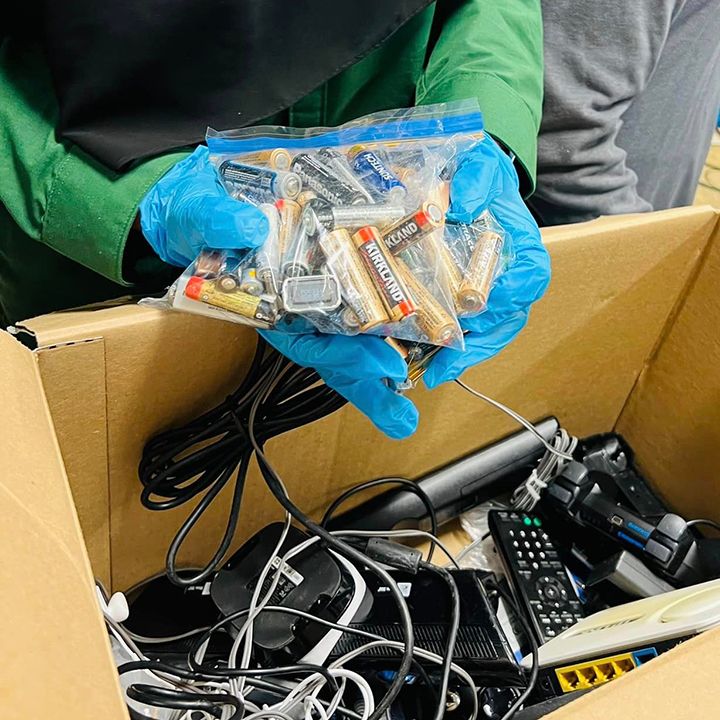Scouts and Chilly Moose are once again teaming up for our Planet
 Scouts for Sustainability X Chilly Moose Contest
Scouts for Sustainability X Chilly Moose Contest
While we may not be able to change the world on our own, the positive difference we make multiplies when we work together.
Since the launch of our partnership with Chilly Moose in Spring 2022, we’ve seen a notable increase in the integration of Sustainable Development Goals (SDGs) into our Scouting groups’ weekly programming. This year, we saw Scouts enhance their impact by focusing on collaboration and teamwork by partnering with local businesses or organizations, Scouting groups in their community, or Scouting groups on the other side of the country to take on an environment-focused project or activity. This initiative aligned seamlessly with UN sustainability goal 17, emphasizing partnerships for the goals.
Through the sharing of their activities and projects within the broader community, Scouts became eligible to win Chilly Moose gear, enhancing their support for various outdoor adventures.
We are thrilled to showcase the remarkable impact that Scouts have made in their communities from coast-to-coast-to-coast. Witnessing the creativity and commitment of Scouts in their SDG-related projects has been both impressive and inspiring. Our partnership with Chilly Moose enables us to contribute to Scouts Canada's vision of Canadian youth making a meaningful contribution to creating a better world.
Congratulations to the Fall 2023 winning sections and the outstanding SDG-related activities they have undertaken!
Winning Sections
1st Alliston’s Colony completed two projects, “Bee & Butterfly Garden” and “Trees for Shelter.”
They recreated their bee and butterfly garden from last year by asking for damaged wood donations from their local Home Hardware and building a raised planter box near their community garden. The youth participated in the build and filled the box with mulch and soil. They planted donated plants or seeds to attract pollinators. They want to continue to create these planters and to plant gardens to attract pollinators to help the environment!
For their “Trees for Shelter” project, they raised tree saplings until ready to plant and donated the money to their local women’s shelter. The Colony contacted the owners of a local campground, Egans Campground, to see if they would like to partner up for a good cause and plant some trees. They graciously said yes and purchased 40 trees, which families of the Colony planted. The Colony looks forward to doing more community projects of this nature and with the owners of this campground in the future!
22nd Markham’s Company and Crew once again partnered with Agincourt Community Services Association in the community garden project to grow organic vegetables for their local food bank. The project runs from May to September and begins with lots of shoveling and heavy lifting of soil and dirt to get the plant bed ready. Seeding comes next with careful calculating and balancing the varieties, which helps controlling pesticides and avoid competition. After seeding, the continuous weeding and watering rewards a generous harvest. The fresh vegetables not only supply the needy with healthy food but flourish with the Company and Crew’s care and support for their community.
Moreover, the Pack, Troop, Company, and Crew joined forces with One Church volunteer to support their local food bank. They helped set up distribution tables, repacked and sorted donated grocery and essential goods, and make sure that 200+ families received their bags full of food. They completed clean-up tasks, restocked inventory, and mopped the floor in order to leave no trace. The group felt thankful knowing that their hard work was well received by their partners, teammates, and community members!
224th Sandstone Valley’s Colony, Pack, Troop, and Venturers joined together to grow produce for their community by having garden beds in the Beddington Community Garden. This is a way for the youth to learn about growing their own food from seed (they hosted a planting night in April) and maintaining a vegetable garden. Youth are also involved in planting the beds and maintaining them over the summer (they sign up for weeks to water). They are also using ullas (filled clay pots) to learn a bit about wise water use in their dry climate. The produce will be given to our local community cupboard, so they learn about supporting the community and help those facing food insecurity. The garden will also be adding 6 fruit trees and fruit bushes this year and the youth will be helping plant them.
Moreover, the group helped plant and maintain three pollinator gardens in Sandstone and Beddington and helped plant another pollinator bed in the Sandstone Community Garden this year. They also plant planters in Sandstone Garden and maintain them every year. The group recognizes the importance of supporting a robust native biosphere.
163rd IIT Troop participated in two projects.
First, they collaborated with the Blue Springs Scouts Reserve to work on many Sustainability Development Goals together during their Service Camp. Blue Springs, being the first Canadian SCENES (Scout Centres Of Excellence for Nature and the Environment) camp approved by the World Scouting Organization on June 1, 2005, was chosen for its rich forests to explore. The Troop had an educational session with the Park Ranger and the Troop Scouters on the following topics:
- How trees help fight climate change and protect the environment.
- The importance of pruning trees.
- Why and how to remove invasive species that outcompete native trees that cause environmental damage.
The Scouts used their saw skills to prune the thick branches of mature cedar trees and removed huge invasive trees that were growing alongside them. They had a lot of fun using shears and other pruning tools for the first time. Overall, the Troop learnt the role of nature and environment in Scouting and realized the potential their little hands have to fight climate change and to stop global warming.
Second, the Troop Leadership Team laid out a plan to collect e-waste from their Scouting community, from families and friends, and from local mosques. E-waste causes air pollution and impacts some animal species. Over time, air pollution can hurt water quality, soil, and plant species, creating irreversible damage in ecosystems. When broken or unwanted electronics are dumped in landfill, toxic substances like lead and mercury can leach into soil and water. The Troop collected more than 1000 lbs of e-waste and sent it to the proper recycling facility. Overall, this was a great success and they felt happy that we could reduce so much from their own homes. In the future, they will be cautious in disposing their e-waste to keep our environment safe and prevent the accumulation of toxic substances and gases into the atmosphere.
1st Napanee Valley’s Colony and Pack completed a shoreline clean up to pick up litter along the Napanee River (Springside Park) and all the way to Rotary Park. They cleaned up the land while learning about the importance of helping nature and animals, including why keeping garbage out of the river makes the fish happy and keeps the water cleaner! All together, they filled 4 bags of garbage to dispose of. The youth did a really great job working together and were proud to have helped the environment while also getting in some great exercise!
Additionally, the Cubs spent a couple of hours walking the Napanee Fairgrounds picking up litter and garbage. The Fairgrounds are quite littered as it’s used for different events throughout spring, summer, and fall. While cleaning up our municipality, the youth learned about protecting wildlife and were active and exercising while doing it. About 5 garbage bags were filled at this activity.
















